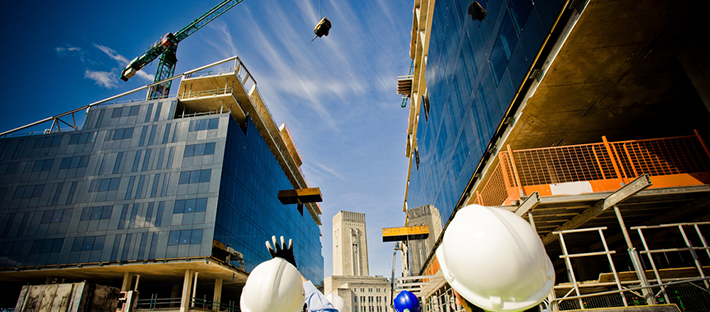Systems Efficiency Initiative

Systems Efficiency Initiative
The Alliance to Save Energy launched the Systems Efficiency Initiative (SEI)—a multiyear collaboration among more than 50 entities, including manufacturers, designers and builders, electric and natural gas utilities, federal and state government agencies, and efficiency advocates—to advance energy efficiency in building systems.
Systems efficiency focuses on the interactions of equipment and controls within and among HVAC, lighting, and other building systems; interactions among multiple buildings; and the integration of buildings and the grid. Because adopting a systems perspective will become increasingly necessary to achieve future meaningful and cost-effective energy savings within the built environment, the SEI focused on developing strategies for moving the market in this direction.
THE OPPORTUNITY
The buildings sector accounts for roughly 36 percent of global primary energy use, including almost 40 percent in the United States. Significant energy efficiency gains in buildings already have been made through policies and programs that focus on individual building components (e.g., equipment energy efficiency standards) or whole buildings (e.g., building energy codes). However, building energy consumption continues to rise globally, due in large part to a combination of growing floor space and increasing electricity demand from new devices and equipment. The SEI provided a critical forum to look beyond traditional policy instruments and consider a new path to energy efficiency. The SEI members worked together to understand the energy savings potential of a systems approach and to recommend strategies for achieving this potential.
SEI ACCOMPLISHMENTS
The SEI produced two reports, available at www.ase.org/sei:
- Greater than the Sum of its Parts: The Case for a Systems Approach to Energy Efficiency (2016)
- Going Beyond Zero: A Systems Efficiency Blueprint for Building Energy Optimization and Resilience (2017)
The first report, Greater than the Sum of its Parts, compiles lessons learned about systems efficiency by the building industry in the U.S. and other countries, characterizes the potential benefits of a building systems approach, and prioritizes areas for further technical and policy research. With a focus on new and renovated commercial buildings, the report explores opportunities for improving efficiency in building mechanical systems, lighting systems, and miscellaneous electric loads (MELs); and through the use of direct current (DC) power and building-to-grid (B2G) integration. For each of these topics, the report outlines the benefits, challenges, opportunities and recommendations for next steps to achieve greater efficiency through a building systems approach.
The second report, Going Beyond Zero, contains 84 recommendations for specific actions to be taken by a range of stakeholders, including national and state legislators, government agencies, utilities, industry associations, design professionals, the construction industry and building owners.
ONGOING SYSTEMS EFFICIENCY ACTIVITIES
The SEI has now transitioned into a standing Systems Efficiency Subcommittee of the Alliance to Save Energy, and continues to lead efforts to:
- Support systems efficiency through legislation;
- Promote systems efficiency through outreach and education activities; and
- Facilitate the implementation of the Blueprint recommendations.
To find out more about the Alliance to Save Energy’s systems efficiency activities, contact Laura Van Wie McGrory at LVanWie@ase.org.
STAY EMPOWERED
Help the Alliance advocate for policies to use energy more efficiently – supporting job creation, reduced emissions, and lower costs. Contact your member of Congress.
Energy efficiency is smart, nonpartisan, and practical. So are we. Our strength comes from an unparalleled group of Alliance Associates working collaboratively under the Alliance umbrella to pave the way for energy efficiency gains.
The power of efficiency is in your hands. Supporting the Alliance means supporting a vision for using energy more productively to achieve economic growth, a cleaner environment, and greater energy security, affordability, and reliability.



